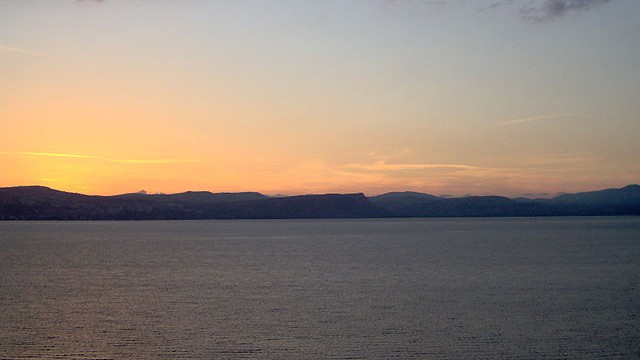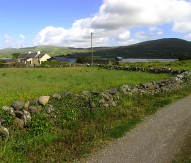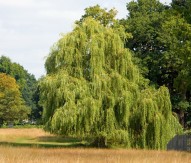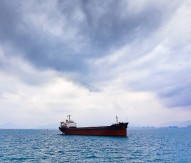
3,000-year-old mystery solved with pollen
A 3,200 year-old mystery as to why civilisation suddenly collapsed in historical Israel has been resolved by researchers.
According to an investigation led by Tel Aviv University, pollen at the bottom of Israel’s lakes is thought to hold the answer. Researchers say it was drought and resulting climate change led to collapse that led to the fall of the ancient southern Levant.
An unusually high resolution analysis of pollen grains taken from sediment beneath the Sea of Galilee and the western shore of the Dead Sea, backed up by a chronology of radiocarbon dating, pinpointed the period of the crisis at between 1250 and 1100 BC. The study used a unique combination of technological, archaeological, and historical analysis to provide the fullest picture yet of the environmental disaster.
The researchers extracted about 60 feet of samples of gray muddy sediment from the centre of the Sea of Galilee in northern Israel. Drills passed through 1,000 feet of water and into 65 feet of the lake bed, recovering evidence dating over the past nine millenia. At Wadi Zeelim in the southern Judean Desert, on the western margins of the Dead Sea, the researchers manually extracted eight cores of sediment, each about 20 inches long.
The results showed a sharp decrease in the Late Bronze Age of Mediterranean trees like oaks, pines, and carobs, and a similar decline in the local cultivation of olive trees, which the experts interpret as the consequence of repeated periods of drought. The droughts were likely exacerbated by cold spells, causing famine and the movement of marauders from north to south.
After the devastation came a wet period of recovery and resettlement, according to the researchers, eventually giving rising to the kingdoms of biblical times, including ancient Israel and Judah.
The findings are funded by the European Research Council and published in the Tel Aviv: Journal of the Institute of Archaeology of Tel Aviv University.




